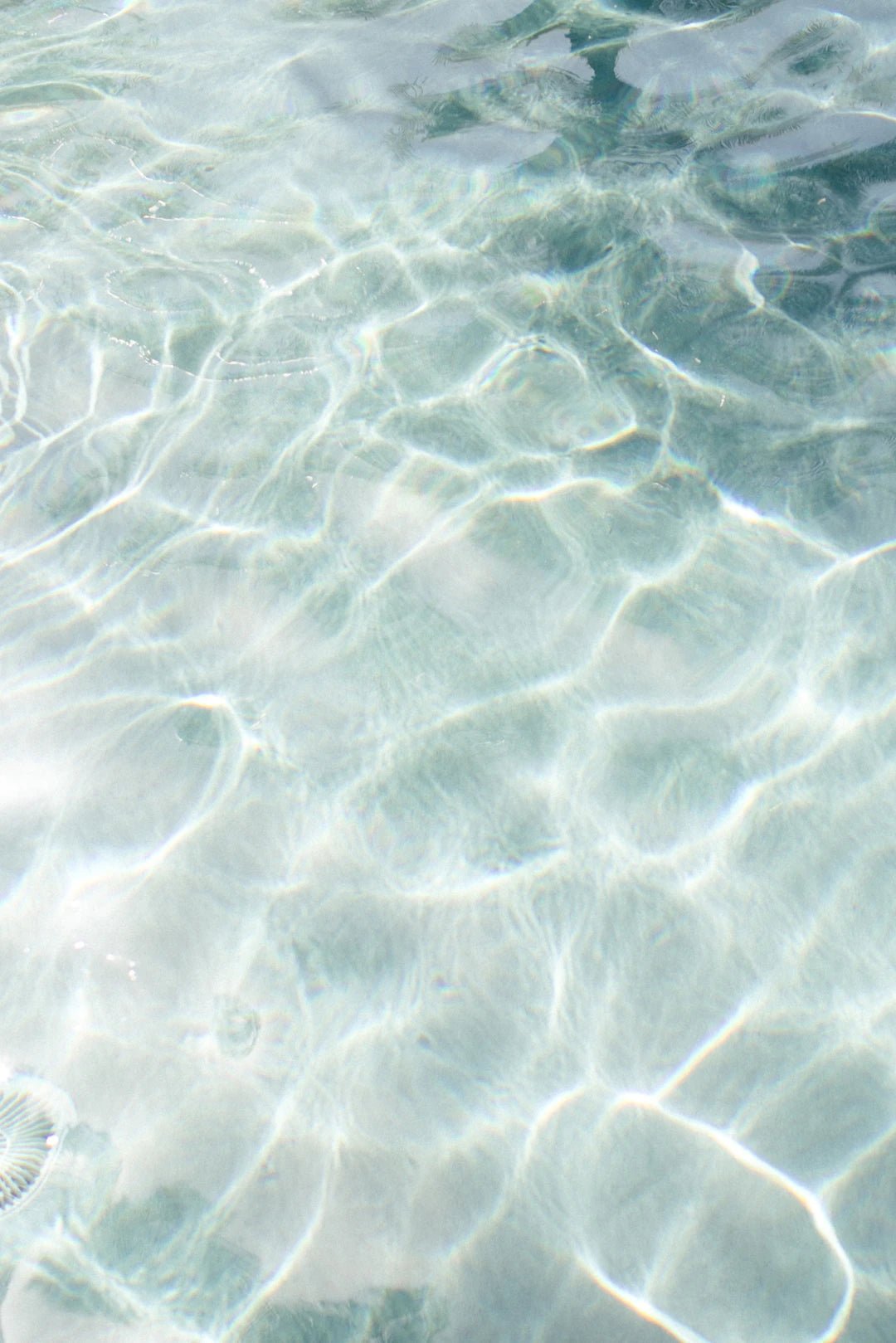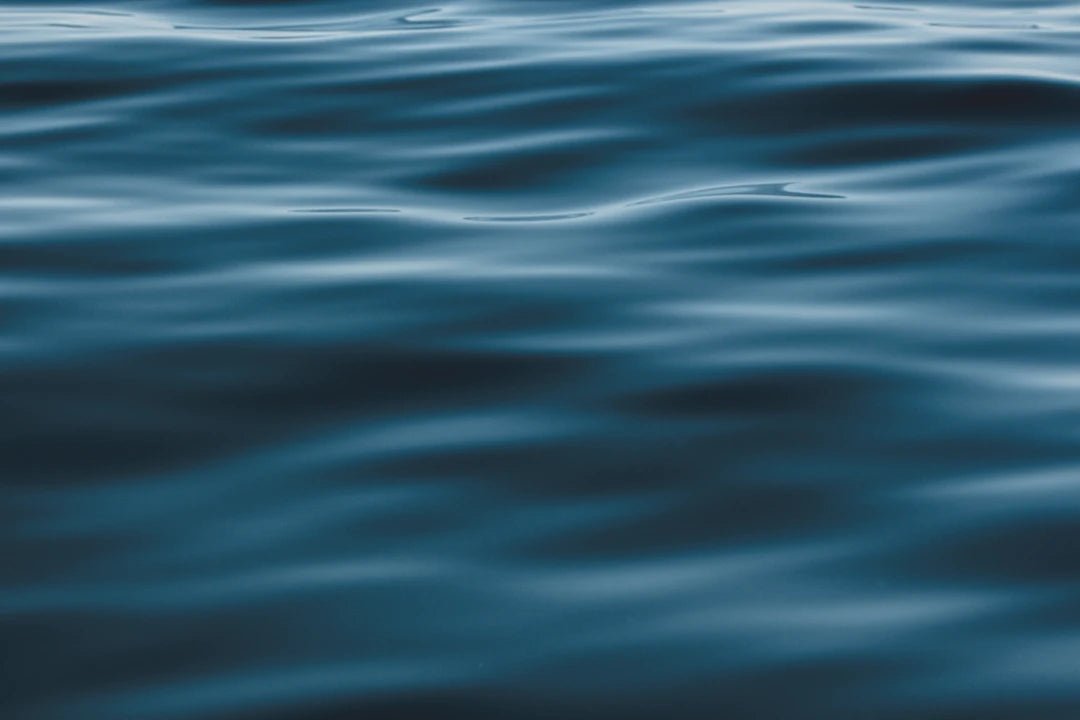The Cost of Reverse Osmosis: Is It Worth Every Cent?
Overview
Investing in a reverse osmosis water filtration system can greatly improve water quality and safety in Australian households. While initial costs range from AUD 300 to AUD 1,500, with ongoing maintenance of AUD 100 to AUD 400 per year, the long-term benefits include better health, enhanced taste, and potential cost savings on bottled water. Proper maintenance and system selection based on water quality and household size are crucial for maximizing effectiveness.
Frequently Asked Questions
1. What is a reverse osmosis water filtration system?
2. What are the main benefits of using a reverse osmosis system?
3. What is the average cost of setting up a reverse osmosis system in Australia?
4. What ongoing maintenance is required for reverse osmosis systems?
5. How can I choose the right reverse osmosis system for my household?
In Australia, clean and safe drinking water is a priority for many households. As concerns about water quality grow, more people are turning to advanced filtration technologies. One of the most reliable methods is Reverse Osmosis (RO). But is the cost of setting up a reverse osmosis water filtration system worthwhile? In this article, we'll explore the various factors at play—including costs, benefits, and ongoing maintenance—to help you make an informed decision about the best way to ensure your family has access to clean water.
What is a Reverse Osmosis Water Filtration System?
A reverse osmosis water filtration system is a sophisticated water treatment process that removes contaminants from water. It uses a semi-permeable membrane to filter out a wide variety of impurities, including salts, chemicals, and larger particles. Here’s a closer look at how it works:
- Pre-Filtration: The water first passes through pre-filters that remove larger particles and sediments.
- Reverse Osmosis Membrane: The heart of the system, this membrane filters out dissolved solids, ensuring that your water is free of harmful chemicals.
- Post-Filtration: After the water has been purified, it may go through additional filters for taste and odor enhancement.
The Importance of Clean Water in Australia
Australia has a robust water supply system, but the quality of tap water can vary dramatically based on location. Factors such as industrial runoff, agricultural chemicals, and aging infrastructure can lead to contaminants finding their way into your water supply. This makes having an efficient water filtration system essential. The benefits of a reverse osmosis system include:
- Removal of harmful pollutants
- Improved taste and odor
- Increased safety for cooking and drinking
For Australian households, investing in a reverse osmosis filtration system is becoming increasingly popular, especially in areas with known water quality issues.
Understanding the Cost of Reverse Osmosis Systems
On average, the upfront costs of a reverse osmosis water filtration system can vary significantly based on brand, capacity, and features. Here are some costs to consider:
Initial Investment
The initial investment to purchase a reverse osmosis system ranges from AUD 300 to AUD 1,500 or more. This depends largely on the type of system you choose, its capacity, and additional features like built-in UV purifiers.
Installation Costs
Installation can also add to the overall expense. If you hire a professional, you might expect to pay anywhere from AUD 100 to AUD 300 for installation. Alternatively, if you’re handy with tools, many DIY kits are available that can save you on installation costs.
Maintenance and Replacement Filters
After installation, ongoing costs must be considered. Regular maintenance is critical for performance, and this generally involves replacing filters. A reverse osmosis filter replacement schedule ranges from every 6 months to every 2 years, depending on water quality and usage. The average cost for replacement filters is around AUD 100 to AUD 400 yearly.
Do the Benefits Outweigh the Costs?
When weighing the costs of a reverse osmosis water filtration system against its benefits, several factors come into play. Let’s explore the pros and cons to help you decide if investing is truly worth it.
Pros of Reverse Osmosis Systems
- Effective Contaminant Removal: RO systems are highly efficient at removing a wide range of contaminants, including fluoride, lead, and nitrates.
- Health Benefits: Access to pure drinking water supports overall health and wellness, especially important for families with children or elderly members.
- Improved Taste: RO systems enhance the taste of water, making it more enjoyable to drink and cook with.
Cons of Reverse Osmosis Systems
- Initial Setup Cost: While prices can vary, the initial investment for a reverse osmosis system can be relatively high.
- Water Waste: RO systems can waste significant amounts of water during the filtration process, which might concern environmentally conscious users.
- Regular Maintenance: The necessity for regular filter replacement can add to the long-term costs.
Financial Benefits: Long-term Savings
Although the initial costs may seem daunting, many Australians find that the long-term savings outweigh the initial investment. By using an RO system, you can:
- Reduce Purchasing Bottled Water: Eliminating the need for expensive bottled water can lead to substantial savings over time.
- Increase Home Value: Investing in a high-quality water filtration system can enhance your property’s value, making it a wise choice for future resale.
- Health Cost Savings: Health-related expenses can decrease when consuming pure drinking water, potentially saving you on medical bills.
How to Choose the Right Reverse Osmosis System
Choosing the right reverse osmosis water filtration system can be challenging. Here are some essential factors to consider:
Assess Your Water Quality
Before purchasing a system, consider testing your water quality. A simple at-home testing kit can help identify specific contaminants, guiding you towards a system that best meets your needs.
Consider Your Household Size
The size of your household will also play a crucial role in your choice of system. Larger households may require systems with higher capacities to meet daily water demands without running dry.
Look for Certifications
To ensure you’re investing in a reliable system, look for products that are certified by reputable organizations. Certifications from bodies such as NSF (National Sanitation Foundation) can provide peace of mind regarding the effectiveness and safety of the system.
Maintaining Your Reverse Osmosis System
Once you’ve invested in a reverse osmosis system, proper maintenance is key to ensuring its longevity and performance. Here are some tips to keep in mind:
- Regular Filter Changes: Stick to a schedule for filter replacements. This is crucial for maintaining water quality.
- Sanitize the System: Regularly sanitize the system according to the manufacturer’s instructions, particularly before changing filters.
- Check for Leaks: Periodically inspect the system for leaks, as even small leaks can lead to decreased efficiency.
Comparing with Other Water Filtration Systems
When considering a reverse osmosis system, it’s also worthwhile to compare it with other types of water filtration systems available in Australia, such as activated carbon filters, UV filters, and distillation units. Each has its own advantages and disadvantages.
Activated Carbon Filters
These filters excel at improving water taste and odor but may not remove all contaminants. They typically require less maintenance than RO systems and are less expensive upfront.
UV Water Filtration
UV systems are effective for disinfecting water, killing bacteria and viruses. However, they do not remove chemical pollutants and often work best in conjunction with another filtration method.
Water Distillation Systems
While effective at removing many impurities, distillation can be slow and is energy-intensive. It can also alter the taste of water compared to RO systems.
Ensure Your Family Drinks Pure Water!
Investing in a reverse osmosis water filtration system can dramatically enhance your household's water quality, health, and overall lifestyle. While upfront costs may seem significant, the long-term savings, health benefits, and peace of mind that come from knowing you’re providing your family with safe drinking water make it a smart decision.
As you consider your options, take the time to research the best RO systems on the market and understand how to maintain them properly. With a little analysis, you’ll see that investing in pure water isn’t just about cost; it’s about ensuring a healthier and happier future for you and your loved ones. Embrace the journey towards cleaner water, and experience the joy of freshness in every sip!
Linked Product

Reverse Osmosis Filter Replacement for Rippl Pure - Essential to Maintain Clean, Pure Water
The Reverse Osmosis Filter Replacement for Rippl Pure is essential for maintaining the quality and safety of your drinking water. By effectively removing contaminants, it not only safeguards your health but also improves the taste of your water. Regular replacement every 12–24 months ensures your system operates efficiently, providing a consistent supply of clean water.
View ProductCheck out another user's Shopify or Wix store by clicking this store link. Note that this is a promotional link, and we assume no liability for the content of the linked store.



